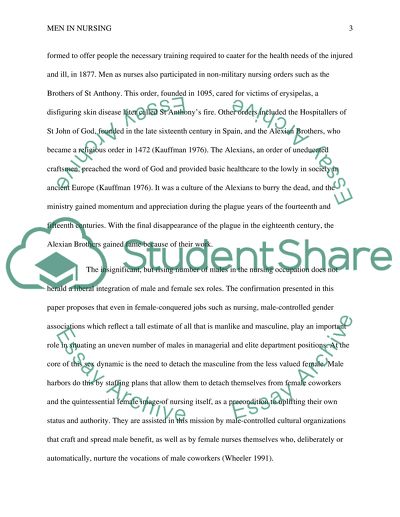Cite this document
(“Men in Nursing Literature review Example | Topics and Well Written Essays - 2250 words”, n.d.)
Men in Nursing Literature review Example | Topics and Well Written Essays - 2250 words. Retrieved from https://studentshare.org/nursing/1472942-men-in-nursing
Men in Nursing Literature review Example | Topics and Well Written Essays - 2250 words. Retrieved from https://studentshare.org/nursing/1472942-men-in-nursing
(Men in Nursing Literature Review Example | Topics and Well Written Essays - 2250 Words)
Men in Nursing Literature Review Example | Topics and Well Written Essays - 2250 Words. https://studentshare.org/nursing/1472942-men-in-nursing.
Men in Nursing Literature Review Example | Topics and Well Written Essays - 2250 Words. https://studentshare.org/nursing/1472942-men-in-nursing.
“Men in Nursing Literature Review Example | Topics and Well Written Essays - 2250 Words”, n.d. https://studentshare.org/nursing/1472942-men-in-nursing.


